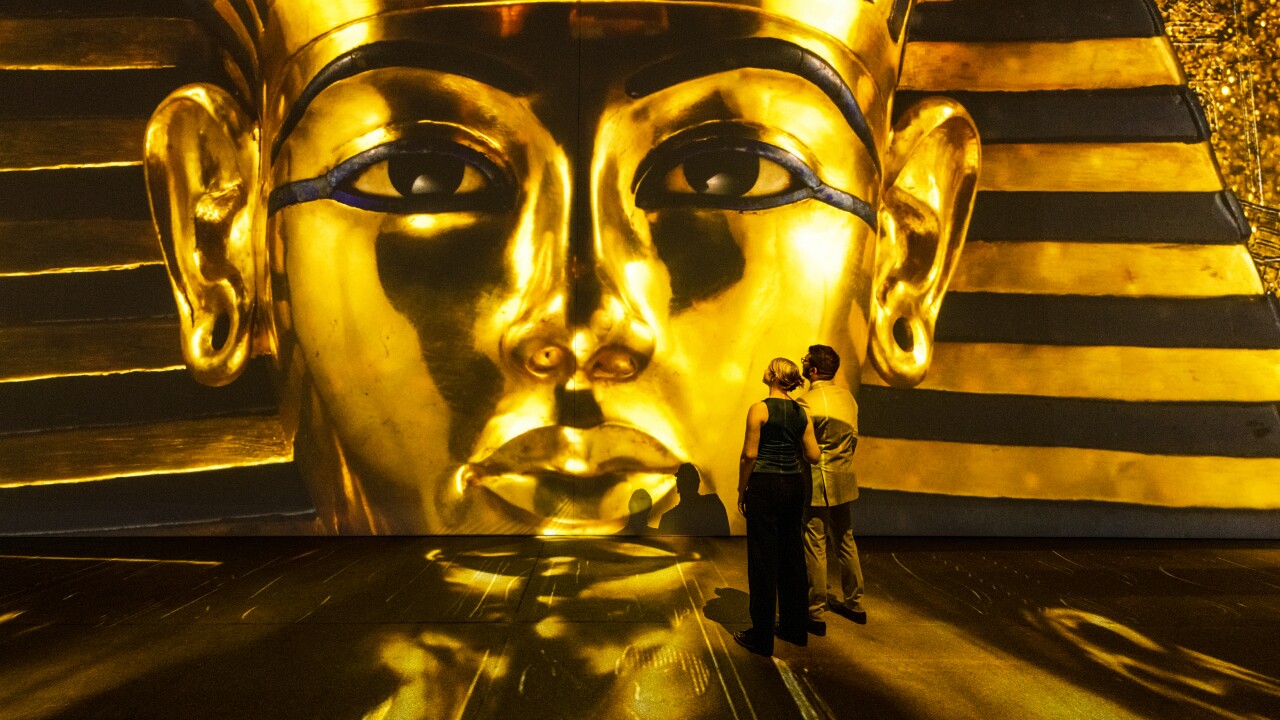
In the chronicles of ancient Egypt, few figures command as much respect and admiration as King Ramses II. Known as Ramses the Great, he reigned for an astonishing 66 years during the 19th Dynasty, leaving an indelible mark on the history and culture of Egypt. In this blog post, we will delve into the life, accomplishments, and enduring legacy of this remarkable pharaoh, shedding light on his significant contributions to the ancient world.
- Early Life and Rise to Power: Ramses II was born in 1303 BCE to King Seti I and Queen Tuya. As a young prince, he received a comprehensive education in military strategy, statecraft, and the arts. Upon the death of his father, Ramses II ascended the throne at the age of 24, commencing a reign that would become one of the most illustrious in Egyptian history.
- Military Exploits and Expansion: Ramses II was a formidable military leader, earning his reputation through numerous military campaigns and conquests. He successfully defended Egypt against foreign invaders, most notably the Hittites, who posed a significant threat to Egyptian sovereignty. Ramses II engaged in decisive battles, such as the Battle of Kadesh, showcasing his strategic brilliance and securing Egypt’s borders.
Additionally, Ramses II launched military campaigns into Nubia (modern-day Sudan) and the Levant, expanding Egyptian influence and establishing vassal states. His military exploits not only solidified Egypt’s power but also enhanced its reputation as a dominant force in the region.
- Monumental Building Projects: Ramses II’s reign was marked by an impressive array of architectural and monumental building projects. He commissioned numerous temples, statues, and obelisks, showcasing his devotion to the gods and his desire to leave a lasting legacy. Perhaps his most famous architectural achievement is the monumental complex at Abu Simbel, featuring colossal statues of the pharaoh himself.
The construction of grand temples, such as the Ramesseum and the Luxor Temple, demonstrated Ramses II’s desire to immortalize his name and commemorate his achievements. These awe-inspiring structures still stand today, testifying to the pharaoh’s grandeur and architectural vision.
- Cultural Patronage and Literary Contributions: Ramses II was a patron of the arts, literature, and religious traditions. He promoted the worship of traditional Egyptian gods and sponsored numerous building projects dedicated to their honor. Ramses II also fostered a vibrant cultural environment, supporting poets, scribes, and artists who thrived under his reign.
One notable literary contribution associated with Ramses II is the famous “Poem of Pentaur,” an epic poem that glorifies the pharaoh’s victory at the Battle of Kadesh. This poem, inscribed on temple walls, not only served as a historical record but also perpetuated Ramses II’s heroic image for future generations.
- Legacy and Impact: Ramses II’s legacy reverberates through the corridors of time. His reign marked a period of stability, prosperity, and cultural flourishing in Egypt. His military victories and architectural achievements solidified Egypt’s power and left an indelible mark on its landscape.
Moreover, Ramses II’s longevity on the throne, along with his prolific building projects and literary contributions, earned him the title of “Great.” His reign became a benchmark against which future pharaohs measured themselves. Ramses II’s influence extended far beyond his lifetime, shaping the trajectory of Egyptian history and serving as an enduring symbol of ancient Egypt’s grandeur.

